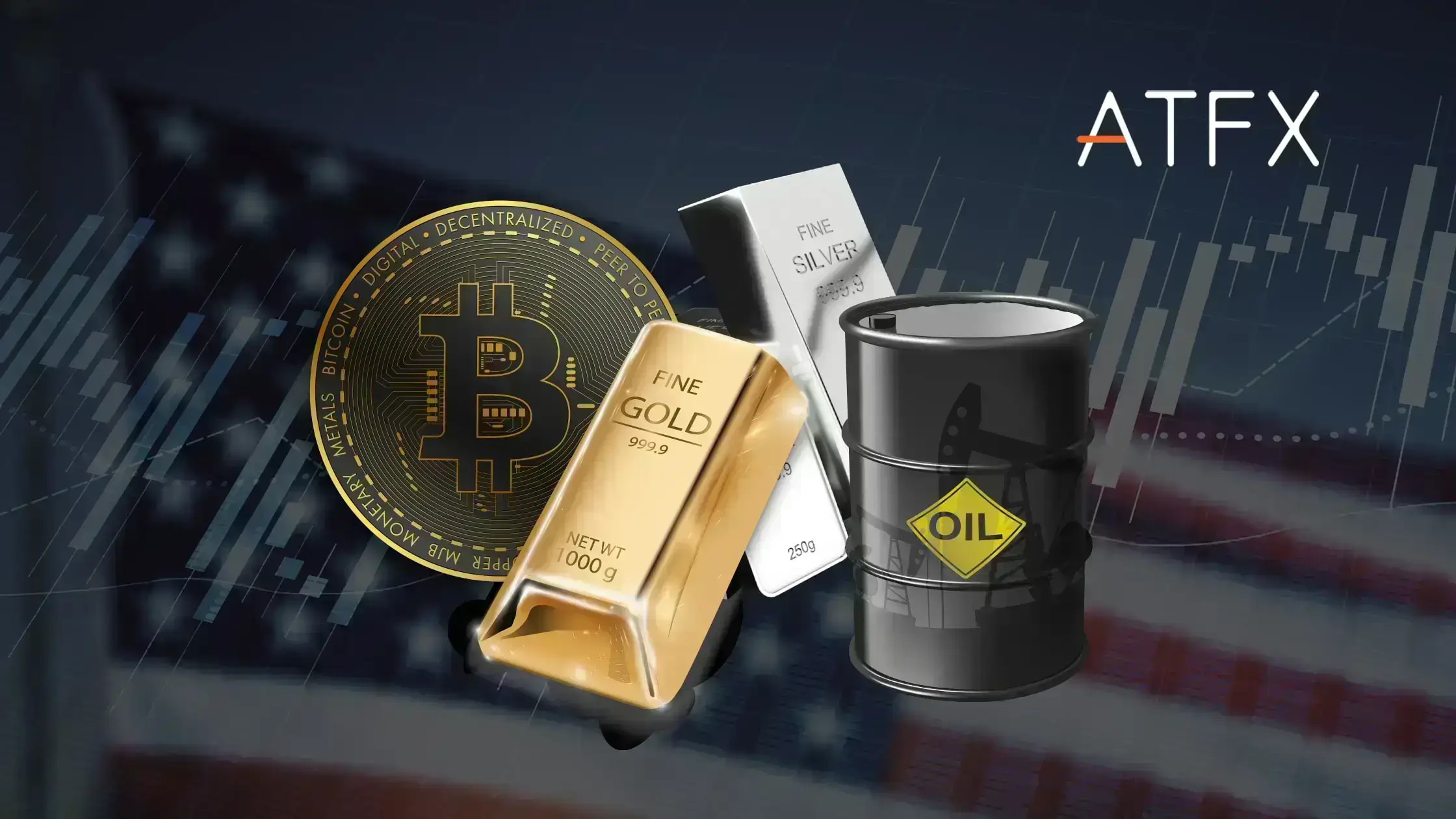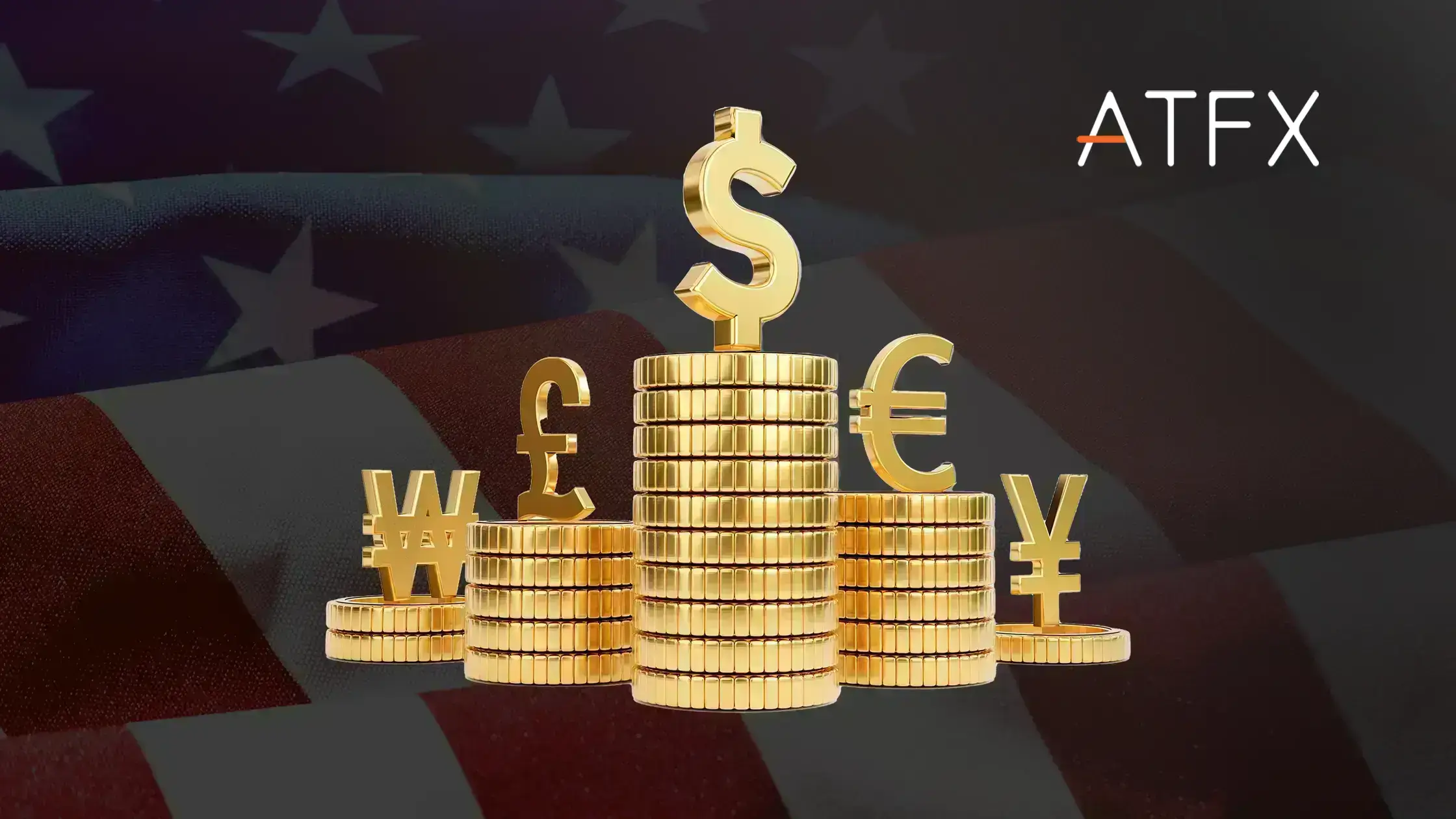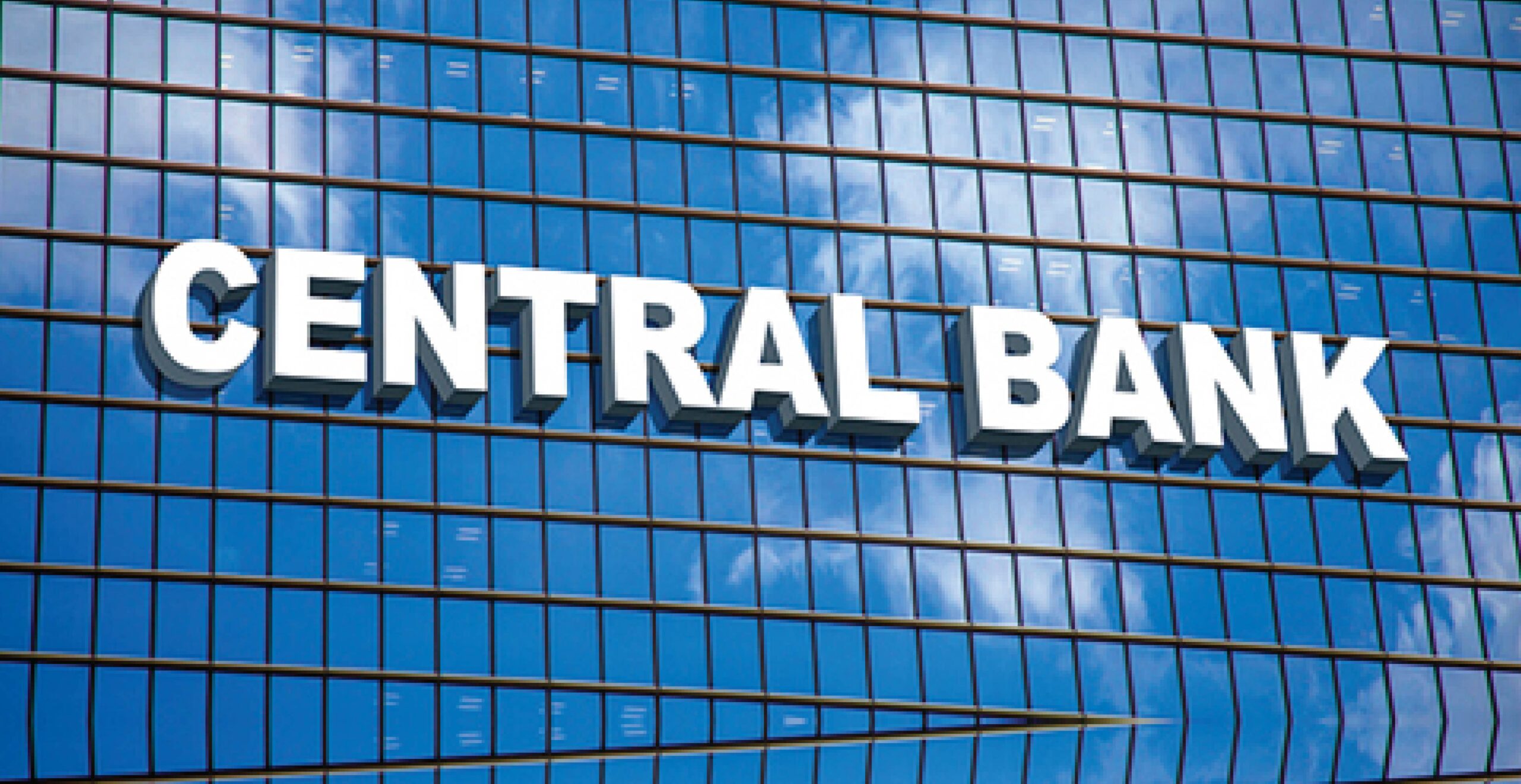The annual rate of the US CPI in March, that is not seasonally adjusted, will be announced tonight. The consensus market estimate is 8.5%, and the previous value was 7.9%. If the announced value meets the market’s expectations, the CPI will “break 8” for the first time since January 1982. In the face of the unprecedented consumer price index, the market’s focus will shift to whether the Fed will stabilize prices with a more hawkish policy. At the same time, stock market investors are betting that the Fed will raise interest rates by 50 basis points, exacerbating the recent volatility in US stocks.
When will the CPI fall?
The primary reason behind the continually rising CPI is the continued geopolitical conflict between Russia and Ukraine, which has led to higher commodity prices forcing the US consumer price index to keep soaring in March. Recently, the prices of most of the world’s agricultural products have risen steeply. For example, Russia is the world’s largest exporter of wheat, with Ukraine being the sixth-largest wheat exporter globally. The two countries combined account for 30% of the world’s wheat supply.
Although international crude oil prices have been falling due to multiple reasons, such as the release of strategic oil reserves by the United States, which should cool down the high oil prices in the United States, there are still many uncertain factors. If the sanctions against Russia are increased, oil prices may rebound in the future; hence, market participants are still worried that the decline in oil prices may be limited to a certain extent.
In addition to the rising oil and commodities prices, the market is also more focused on the price increases in the US service industry. The US ISM non-manufacturing index was 58.3 in March, compared with the expected 58.6 and 56.5 in February. In March, due to the gradual relaxation of pandemic-related restrictions in the United States, the service industry rebounded. Still, there is a significant gap in the labor force working in the US service industry. With the soaring prices of energy, fuel, and other raw materials, companies are raising wages to attract labor, leading to a sharp increase in business operating costs. Therefore, the service industry charges are at unprecedented highs as costs rise.
Therefore, two completely different views on whether the US CPI has peaked exist. Some market participants believe that the current hawkish stance from the Federal Reserve indicates that the CPI has not reached its peak. Furthermore, the CPI’s growth momentum cannot be curbed for the time being; hence, it is expected that the value of the US CPI has not peaked. On the other hand, some analysts believe that inflation peaked in March and will gradually decline.
US stocks may be under pressure recently
However, there is no doubt that if the CPI exceeds 8, it will put greater policy pressure on the Fed, which may affect the scale of bond purchases and future interest rate hikes. With rising commodity prices sparking a surge in inflation, markets are betting the Fed will implement the most aggressive monetary tightening in nearly 30 years.
Money market traders expect the Fed to raise rates by 225 basis points by the end of the year. Considering that the Fed has six interest rate meetings this year if the Fed announces interest rate hikes at each meeting, the market pricing of an additional 225 basis points of interest rate hikes means that there will be three interest rate hikes of 50 basis points each and three rate hikes of 25 basis points each.
As the market expects the Fed to keep tightening its monetary policy, the US stock market will fluctuate in the short term. If the CPI finally breaks 8, the US bond yields may soar further, which is expected to impact interest-rate-sensitive technology stocks in the US stock market negatively. The announcement of the CPI may trigger a new round of volatility in tech stocks.
On the other hand, although the market expects the Fed to raise interest rates, which is a positive factor for the performance of bank stocks, leading banks will announce their first-quarter financial reports this month. Analysts expect that the first-quarter profits of bank stocks will drop by 35% year on year. For bank stocks, earnings performance is an essential factor that investors consider, and poor earnings will pressure their stock prices. As the prices of crude oil, raw materials, commodities, and services all experienced varying degrees of price increases in the first quarter, these factors have put significant pressure on the performance of US companies’ first-quarter earnings reports. The situation may extend into the coming months as US stocks come under more pressure.


